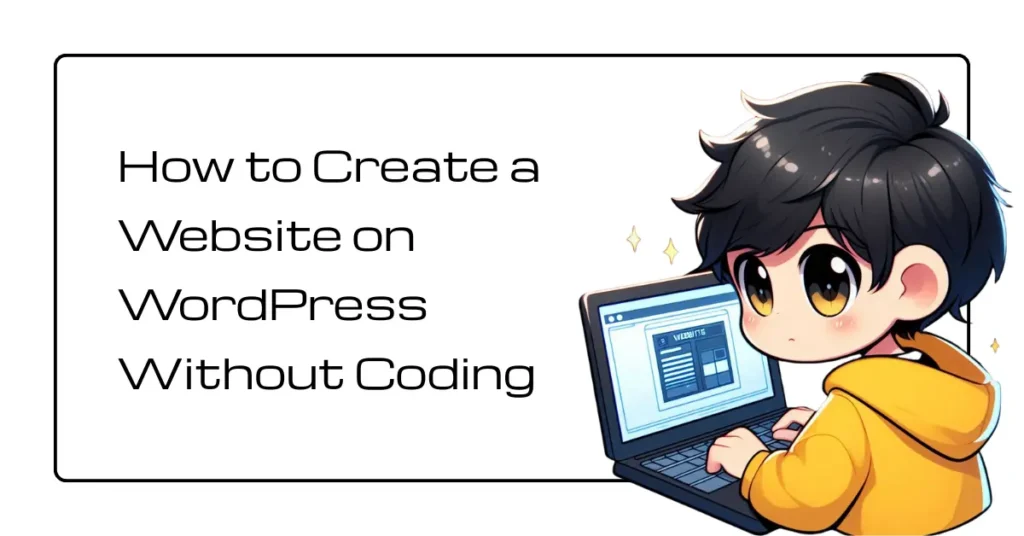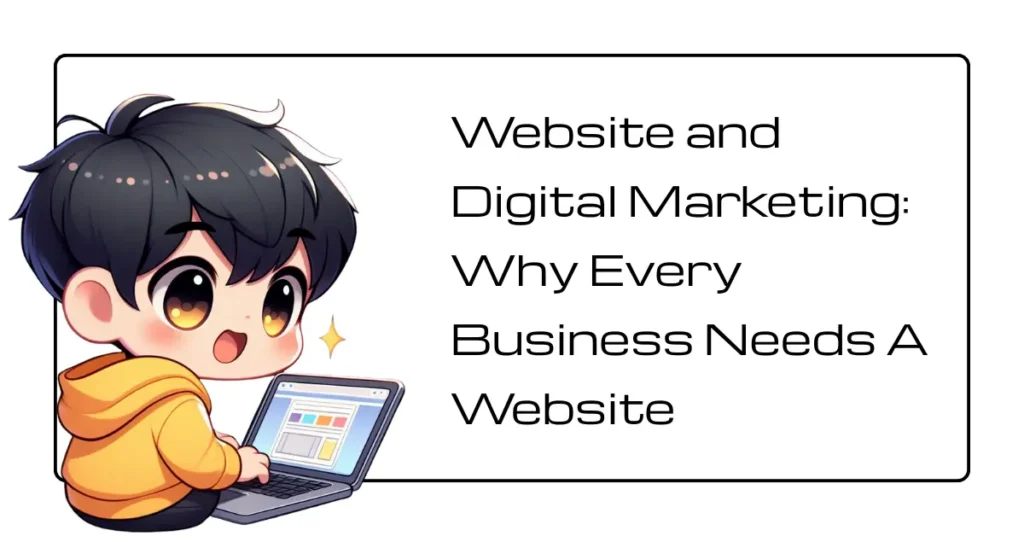Have you ever wished you could create your own website, maybe to showcase your work, promote your business, or start a blog, but stopped because you thought it required coding knowledge?
Well, here’s some great news: in 2025, you don’t need to be a tech expert to build a professional website. Thanks to powerful, beginner-friendly tools like WordPress and Elementor, anyone can design a beautiful, fully functional website – without writing a single line of code.
Whether you’re a small business owner, freelancer, student, or someone simply curious about creating an online presence, this guide will walk you through everything you need to know. Let’s begin by understanding the steps before you even touch WordPress.
Prepare Before You Build – The Planning Phase
Before you start designing your website, it’s important to plan things out. Think of this as laying the foundation before constructing a building.
1. Requirement Gathering
Start by asking yourself:
- What is the main goal of my website?
- Who is my target audience?
- What kind of content will I share?
For example, if you’re a freelance graphic designer, your goal might be to showcase your portfolio and attract clients. If you run a small business, your website’s goal could be to promote services and get more inquiries.
Write these details down – they’ll guide your design and content decisions later.
2. Competitor Analysis
Next, check what others in your niche are doing. Search for websites similar to the one you want to build. Observe:
- What kind of design and colours do they use?
- How do they display information?
- What features do they include (like testimonials, contact forms, or blogs)?
You don’t need to copy anyone – just get inspired. This will help you understand what works well in your field.
3. Finding Design References
Browse websites like Behance, Dribbble, or even Pinterest to collect design inspiration. Save a few website layouts that match your vision. You can use these as visual references when you start building your own site.
4. Creating and Approving Wireframes or Layouts
Before you dive into design, it helps to sketch a rough layout of your website – this is called a wireframe. It’s simply a visual map that shows what goes where (like where your logo, menu, images, and text will appear).
If you’re building the site for a client, get the wireframe approved first. This saves time and avoids confusion later.
Once you’ve completed these preparatory steps, you’re ready for the exciting part – bringing your website idea to life!
Why WordPress Is the Best Platform for Beginners
Now that you have a plan, the next question is: Where should you build your website?
Among all the website platforms available today – like Shopify, Wix, Squarespace, or Webflow – WordPress remains the most popular choice, especially for beginners.
Here’s why:
- No coding required: You can create stunning websites using drag-and-drop tools.
- Flexibility: WordPress can handle any type of website – a blog, business site, eCommerce store, or even an online portfolio.
- Thousands of plugins: You can add new features easily, like contact forms, chat support, or SEO tools, without any coding.
- Huge community: Millions of users worldwide share tutorials, plugins, and templates, making it easy to learn and get help.
So before you even learn what WordPress is, it’s clear why it stands out – it gives you professional results with minimal effort.
What Is WordPress, Exactly?
WordPress is a Content Management System (CMS) – a platform that allows you to create, manage, and update your website content easily.
Think of it like this: if your website were a car, WordPress would be the engine that makes it run. You can install themes (for design) and plugins (for features) to customize it however you like.
It’s worth noting that WordPress powers over 40% of all websites on the internet – from small blogs to big brands like BBC and Sony. That means when you choose WordPress, you’re in good company!
Understanding Domain and Hosting
Before your website goes live, you need two key things: a domain and hosting.
- Domain: This is your website’s address – like www.nmirshad.com. Choose something short, memorable, and relevant to your brand.
- Hosting: This is where your website’s data (like images and text) is stored. You can think of it as renting space on the internet for your site.
For beginners, many hosting providers like Hostinger, Bluehost, or Namecheap offer affordable plans that come with one-click WordPress installation.
Once you purchase your domain and hosting, you’re ready to install WordPress and start building your site!
Introducing Elementor – The No-Code Website Builder
While WordPress itself is easy to use, the real magic happens when you use Elementor – a visual page builder plugin.
Elementor lets you design pages visually using drag-and-drop elements like text boxes, images, buttons, and videos. No code, no confusion. You simply drag elements where you want them and see changes in real-time.
It’s perfect for beginners because:
- It has ready-made templates for almost any type of website.
- You can customize fonts, colors, and layouts easily.
- It saves tons of time – no need to hire a designer or developer.
Imagine you want to add a testimonial section or a call-to-action button — you can do it visually in seconds with Elementor.
Building Your Website Step-by-Step
Let’s walk through the process of creating your website from scratch using WordPress and Elementor.
1. Install WordPress
Most hosting services allow you to install WordPress in just one click from your control panel. After installation, you can log in to your WordPress dashboard – your website’s control room.
2. Choose and Install a Theme
Themes define how your website looks. For beginners, free themes like Astra, OceanWP, or Hello Elementor work perfectly. You can install them directly from the WordPress dashboard under Appearance → Themes → Add New.
3. Install Elementor
Go to Plugins → Add New, search for Elementor, and install it. Once activated, you’ll see the option to edit any page with Elementor.
4. Create Essential Pages
Every website should have a few important pages:
- Home: The first impression. Add a clear headline, visuals, and a short description of what you offer.
- About: Tell your story – who you are, what you do, and why you started.
- Services / Portfolio: Explain what you offer and showcase examples of your work.
- Contact: Include a form, your email, and social media links so people can reach you easily.
- Blog (optional): Share useful content, updates, or stories related to your niche.
You can create each of these pages under Pages → Add New, then click Edit with Elementor to design them.
5. Customize with Elementor
Now comes the fun part. Using Elementor’s visual editor, drag sections like “Image,” “Heading,” or “Button” onto your page. You can edit text directly, change colours, and add spacing – all visually.
Want a professional touch? Try adding:
- A hero banner on your homepage with a call-to-action button.
- Testimonials for credibility.
- A contact form connected to your email.
6. Add Plugins for Extra Features
WordPress plugins add power to your website. Some useful ones for beginners include:
- Rank Math or Yoast SEO: for optimizing your website for search engines.
- WPForms: for contact forms.
- LiteSpeed Cache or WP Rocket: to make your site faster.
7. Preview and Launch
Once you’re happy with your design, preview it on desktop and mobile to ensure it looks great everywhere. Then, click “Publish” — your website is live!
Keep Your Website Updated and Growing
Creating a website is just the beginning. Keep updating it with new content, images, and improvements. Add a blog section to share tips or updates related to your field – this helps attract visitors and boosts your search ranking.
Regularly check for WordPress, theme, and plugin updates to keep your site secure and running smoothly.
The Best Part – You Don’t Need to Code
Not too long ago, building a website required learning HTML, CSS, or hiring an expensive developer. But today, tools like WordPress and Elementor have completely changed the game.
You can build a professional website in a few hours, customize every part visually, and manage it all yourself – no coding needed.
So, whether you’re a small business owner looking to grow online, a student wanting to showcase your portfolio, or just someone curious about web creation – now is the perfect time to start.
Final Thoughts
Creating a website on WordPress without using codes isn’t just possible – it’s empowering. It allows you to turn your ideas into reality, share your passion with the world, and grow your brand – all by yourself.
Every great website you admire started with someone who took the first step. So don’t overthink it. Get your domain, set up WordPress, install Elementor, and start experimenting.
You’ll be amazed at how easily you can bring your vision online – one drag and drop at a time.


